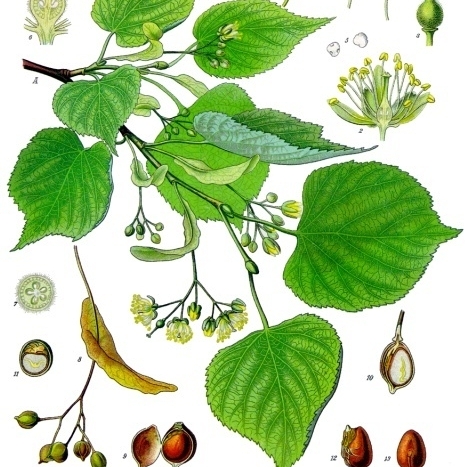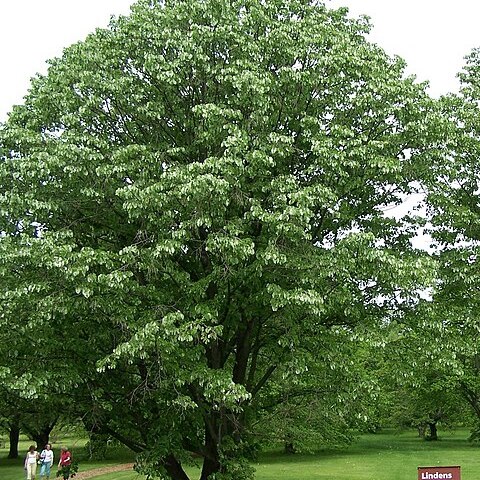Herbs often annual, small, usually glabrous. Roots fibrous. Stems erect or ascending, sometimes ± stoloniferous at base. Leaves opposite, fused at base to form short sheath, flat or terete, margin entire. Inflorescences axillary, cymose, often shorter than subtending leaf, 1-to few flowered. Flowers bisexual, (3 or)4-or 5-merous, inconspicuous. Sepals free, spurless. Petals inconspicuous, free, dull white, greenish, pinkish, or yellowish, often translucent, sometimes shorter than sepals. Stamens as many as petals; filaments filiform. Carpels free. Stigma terminal. Follicles 1-to many seeded, dehiscent along adaxial suture. Seeds smooth, papillate, or striate.
Fls 5-merous; stamens numerous, distinct or often united into 5 antepetalous bundles, in our native spp. the innermost member of each group modified into an oblanceolate or spatulate, petaloid staminode; style dilated into a shallowly lobed stigma; ovary tomentose, with 2 ovules in each of the 5 locules; fr tomentose, indehiscent, nutlike, 1–2-seeded; trees with broad, petiolate, palmately veined lvs very oblique at the base, and fragrant, white or ochroleucous fls in axillary cymes, the long peduncle adnate about to the middle of a characteristic narrow, elongate, short-petioled, foliaceous bract. 50, mainly N. Temp.
Trees to 150(–300+) dm. Leaves deciduous, distichous; stipules caducous; petiole not winged; blade mostly ovate to orbiculate, base cordate to truncate, usually asymmetric, sometimes caducous. Flowers actinomorphic; sepals valvate, bases sometimes coherent, abaxially hairy [glabrous], adaxially usually densely pilose to villous; petals cream to yellow, lanceolate to oblanceolate; stamens usually in 5 fascicles [+ 5 separate stamens]; staminodes [0–]5, similar to, smaller than, petals; ovary sessile, (3–)5-carpellate, ultimately 1-celled; styles 1 per ovary; stigmas 5-lobed. Fruits nutlike, indehiscent. x = 41.


